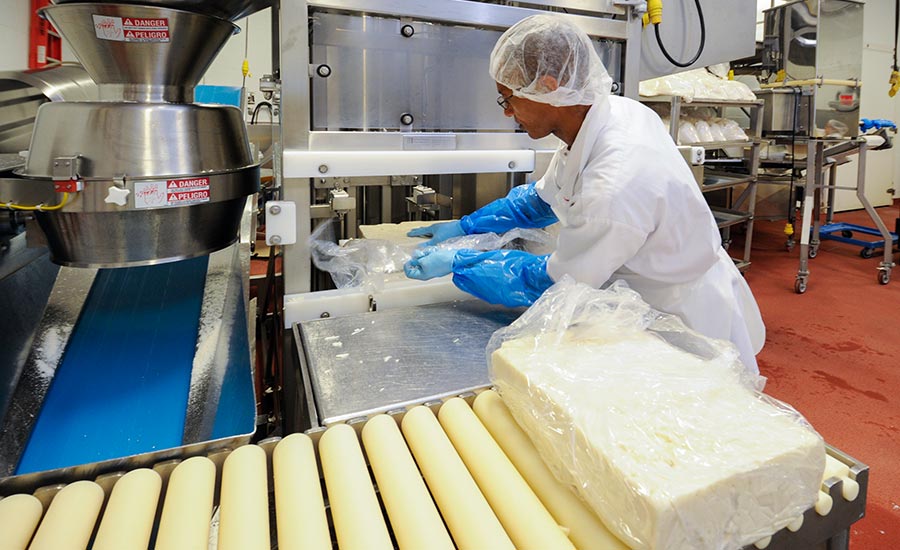Behind the Scenes with Cheese Makers Melbourne: Including Floridia Cheese
Behind the Scenes with Cheese Makers Melbourne: Including Floridia Cheese
Blog Article
Opening the Secrets of Artisanal Cheese Making: A Detailed DIY Overview
In the world of culinary workmanship, artisanal cheese making stands as a testament to the fragile balance in between tradition and advancement. As we begin on this trip to demystify the art of developing charming cheeses, we are encountered with a tapestry of skills and keys waiting to be deciphered.
Choosing the Right Milk
When starting the trip of artisanal cheese making, the selection of milk plays an important role in identifying the high quality and qualities of the end product. The sort of milk chosen impacts the taste, appearance, and overall account of celebrity. Raw milk, straight from the animal, is preferred by lots of artisanal cheesemakers due to its one-of-a-kind blend of enzymes, germs, and flavor compounds. Nevertheless, utilizing raw milk includes risks and guidelines, making sterilized milk a more secure alternative for novices.
When choosing milk for cheese production, it is essential to take into consideration the fat material. Greater fat material in milk can lead to a creamier and richer cheese, while reduced fat content might result in a drier and firmer appearance. Additionally, the resource of the milk, whether from cows, goats, sheep, or buffalo, adds distinct flavors and features to celebrity (Floridia Cheese). Each kind of milk brings its own subtleties, permitting for a wide range of cheese varieties to be crafted based upon the selected milk. Eventually, the choice of milk is an essential decision that establishes the foundation for an effective artisanal cheese-making undertaking.
Culturing and Coagulating
To start the cheese-making procedure, the critical steps of culturing and coagulating need to be meticulously executed to transform milk right into curds and whey. The kind of society utilized can dramatically influence the taste, appearance, and ripening of the final cheese product.

The timing and temperature control during culturing and coagulation are critical variables that influence the final result of the cheese. Correct implementation of these steps is vital to make certain the wanted texture, flavor, and consistency of the artisanal cheese being generated.
Draining and Pushing Curds
After the milk healthy proteins have actually coagulated and the curds have actually been cut to launch whey, the next crucial step in artisanal cheese making includes draining pipes and pressing the curds to accomplish the wanted texture and uniformity of the final cheese product. The time for draining pipes can differ depending on the type of cheese being made and the preferred dampness content.
When the curds have actually completely drained, the next action is pushing. Pressing assists expel any kind of continuing to be whey and compacts the curds to form a solid cheese wheel. Pressing can be done utilizing specialized cheese presses that apply consistent and mild pressure over a time period. The duration and pressure applied throughout pushing will certainly affect the final texture of the cheese, from velvety and soft to tough and company. Correct draining pipes and pressing are essential steps that dramatically influence the quality and characteristics of the artisanal cheese being produced.
Aging and Flavoring Methods
Executing meticulous aging and flavoring methods is critical in enhancing the depth and intricacy of artisanal cheeses, boosting their preference profiles to elegant degrees of refinement and class. Aging plays a crucial duty in creating Get More Info the special flavors and textures that differentiate artisanal cheeses. During the aging process, cheeses are stored in thoroughly regulated settings where aspects such as humidity, temperature, and airflow are adjusted to motivate the growth of useful molds and bacteria. This controlled environment allows celebrity to develop gradually, establishing complicated fragrances and abundant tastes.
Seasoning techniques likewise add considerably to the last preference of artisanal cheeses. Cheesemakers may select to present added flavors by integrating components such as natural herbs, spices, and even fruits right into the cheese during the manufacturing process. In addition, some cheeses are washed or rubbed with different fluids, such as brine or alcohol, to improve their structures and tastes.
Wrapping and Saving Cheeses

Verdict
Finally, understanding the art of artisanal cheese making includes carefully picking the right milk, complying with precise culturing and coagulating processes, draining pipes and pressing curds successfully, and utilizing different aging and flavoring methods. By adhering to these steps carefully and with attention to detail, you can develop your own tasty and one-of-a-kind cheeses in the house. Keep in mind to wrap and save your cheeses correctly to ensure ideal taste and appearance development. Happy cheese making!
Each type of milk brings its own nuances, allowing for a broad array of cheese ranges to be crafted based on the chosen milk.After the milk proteins have coagulated and the curds have been cut to release whey, the next vital action in artisanal cheese making entails draining pipes and pushing the curds to accomplish the preferred structure he said and consistency of the last cheese item. The majority of cheeses should be covered in wax paper or cheese paper to allow them to breathe while protecting them from drying out. For cheeses that require to proceed aging, such as bloomy rinds or washed skins, ensure they are saved in a cool environment like a cheese cavern or a refrigerator set to the appropriate temperature level. By paying focus to the covering and storage of artisanal cheeses, cheese makers and fanatics can protect the stability of these delicacies and totally enjoy their complex tastes.
Report this page